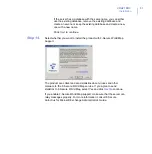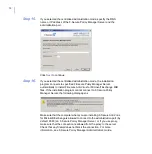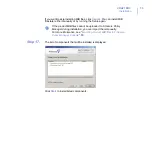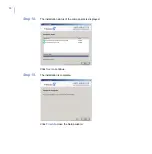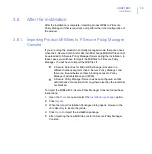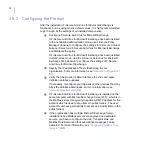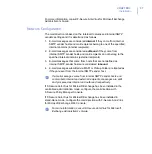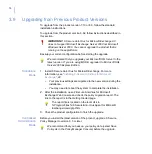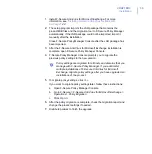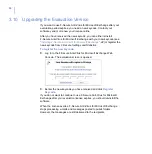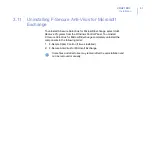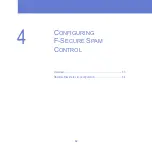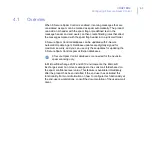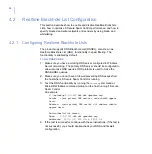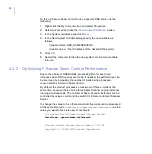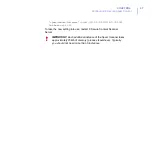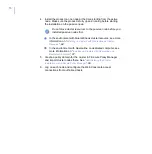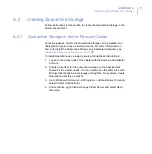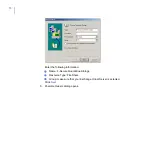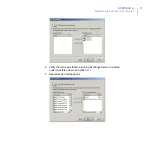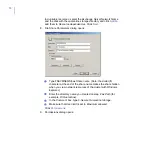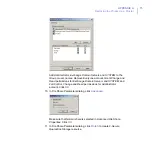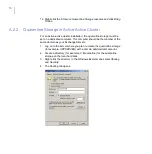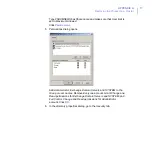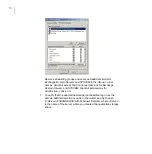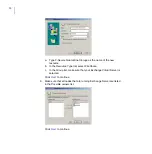
CHAPTER 4
65
Configuring F-Secure Spam Control
5.
Find the sample configuration file
fssc_example.cfg
in F-Secure
Spam Control installation directory:
<Product installation directory>\Spam Control\fssc_example.cfg
6.
Copy the file to the same directory with the name
fssc.cfg
7.
Open
fssc.cfg
in a text editor (like Windows Notepad).
8.
The configuration file has instructions inside. For typical use, you can
leave the settings like they are. However, it is recommended to
configure at least the
trusted_networks
setting to identify the public
IP address(es) of your network. For more information, see the
instructions in
fssc_example.cfg
.
9.
When the configuration file is ready, restart F-Secure Content
Scanner Server through F-Secure Anti-Virus for Microsoft Exchange
Web Console.
To verify that DNSBL/RBL is working correctly:
1.
If DNSBL/RBL is operating correctly, you should see this kind of
headers in messages classified as spam:
X-Spam-Status: YES, database-version=2005-04-06_1 hits=9
required=5 tests=RCVD_IN_DSBL, RCVD_IN_NJABL_PROXY,
RCVD_IN_SORBS_DUL
Tests like
RCVD_IN_DSBL
,
RCVD_IN_NJABL
,
RCVD_IN_SORBS
,
RCVD_IN_BL_SPAMCOP_NET
,
RCVD_IN_DSBL
,
RCVD_IN_XBL
indicate that
DNSBL/RBL was successfully used to classify the mail.
2.
If DNS functionality is not operating correctly, you may see a
significant decrease in the product throughput. In that case, disable
the DNSBL/RBL functionality by changing the
dns_available
setting
in
fssc.cfg
to:
dns_available no
and restarting F-Secure Content Scanner Server through F-Secure
Anti-Virus for Microsoft Exchange Web Console.
You can force F-Secure Spam Control to use a specific DNS server (not
necessarily configured in Microsoft Windows networking) by adding a new
system environment variable as described in the instructions below.
However, this should be needed only in troubleshooting situations.
Normally it is best to use the Windows networking settings.
Summary of Contents for ANTI-VIRUS FOR MICROSOFT EXCHANGE 9.00
Page 1: ...F Secure Anti Virus for Microsoft Exchange Deployment Guide...
Page 6: ...4 ABOUT THIS GUIDE How This Guide Is Organized 5 Conventions Used in F Secure Guides 6...
Page 19: ...17 2 DEPLOYMENT Installation Modes 18 Network Requirements 19 Deployment Scenarios 20...
Page 64: ...62 4 CONFIGURING F SECURE SPAM CONTROL Overview 63 Realtime Blackhole List Configuration 64...
Page 106: ...104 B APPENDIX Services and Processes List of Services and Processes 105...
Page 115: ......

